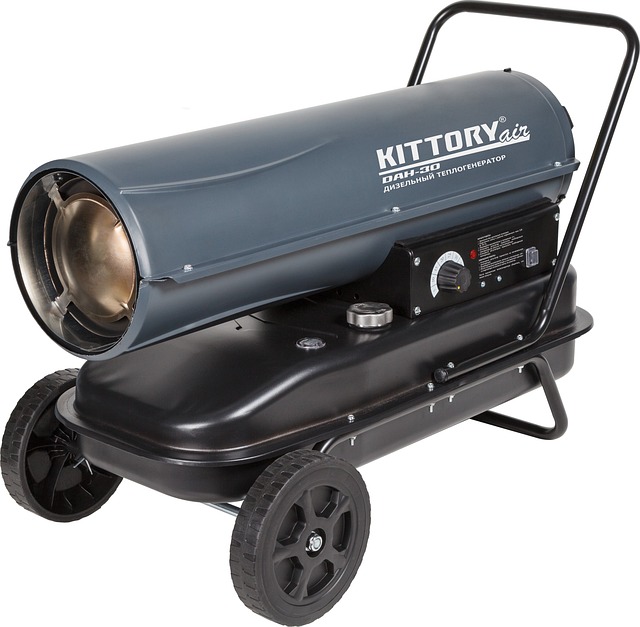Transform Your Ride: The Ultimate Guide to Car Wrap Installation
Are you looking to give your vehicle a fresh look without the commitment of a new paint job? Car wrap installation is an excellent way to enhance your vehicle’s appearance, protect its original paint, and express your personal style. In this guide, we will explore the art of car wrap installation, the benefits, the materials needed, and expert tips to achieve a flawless finish.
What is Car Wrap Installation?
Car wrap installation involves applying a vinyl film over the surface of your vehicle. This film can change the color, add designs, or showcase graphics, allowing you to customize your ride. Car wraps are removable, making them a versatile option for those who want to change their car’s look without permanent alterations.
Benefits of Car Wrap Installation
- Cost-Effective: Compared to a full paint job, car wraps are generally more affordable.
- Variety of Designs: With countless colors and finishes available, the design options are virtually limitless.
- Paint Protection: A car wrap protects the original paint from UV rays, minor scratches, and weathering.
- Easy Removal: Car wraps can be removed without damaging the paint underneath, making it easy to revert to the original look.
- Branding Opportunities: Businesses can use car wraps for advertising, turning vehicles into mobile billboards.
Materials Needed for Car Wrap Installation
Before diving into the installation process, gather the following materials:
- Vinyl Wrap: Choose high-quality vinyl designed for vehicle wraps.
- Application Tools: Squeegees, utility knives, and a heat gun are essential for a smooth application.
- Cleaning Supplies: Isopropyl alcohol, microfiber cloths, and a degreaser will help prepare the surface.
- Measuring Tools: A tape measure and a cutting mat will ensure precise cuts.
- Gloves: To avoid fingerprints and maintain a clean surface during installation.
Step-by-Step Process for Car Wrap Installation
1. Prepare the Vehicle
Start by thoroughly cleaning your vehicle. Use a degreaser and isopropyl alcohol to remove any dirt, grease, or wax. This step is crucial for ensuring the vinyl adheres properly.
2. Measure and Cut the Vinyl
Carefully measure the areas you plan to wrap and cut the vinyl accordingly. It’s a good idea to leave some extra material around the edges to ensure complete coverage.
3. Heat the Vinyl
Using a heat gun, lightly warm the vinyl before application. This makes the material more pliable and easier to work with, especially around curves and corners.
4. Apply the Vinyl
Starting from one edge, carefully lay the vinyl onto the surface. Use a squeegee to smooth out bubbles and wrinkles. Work slowly, ensuring the film adheres evenly.
5. Trim Excess Material
Once the vinyl is applied, use a utility knife to trim away the excess material along the edges. Be cautious not to cut into the vehicle’s paint.
6. Post-Installation Heat Treatment
After the wrap is applied, use the heat gun again to set the vinyl. This step helps ensure that the wrap adheres properly and conforms to the vehicle’s shape.
Expert Tips for a Flawless Finish
- Work in a Controlled Environment: Ideally, perform the installation in a warm, dry space to avoid moisture issues.
- Take Your Time: Rushing through the process can lead to mistakes. Patience is key for a professional-looking wrap.
- Practice Before You Start: If you’re new to car wrap installation, consider practicing on a smaller surface to get the hang of the technique.
- Seek Help if Needed: If the project feels overwhelming, don’t hesitate to enlist the help of a professional.
Conclusion
Car wrap installation is a fantastic way to transform your vehicle while also protecting its original finish. With the right materials, preparation, and approach, you can achieve stunning results that will turn heads on every drive. Whether you’re looking to personalize your ride or promote your business, a well-executed car wrap can make a significant impact.


